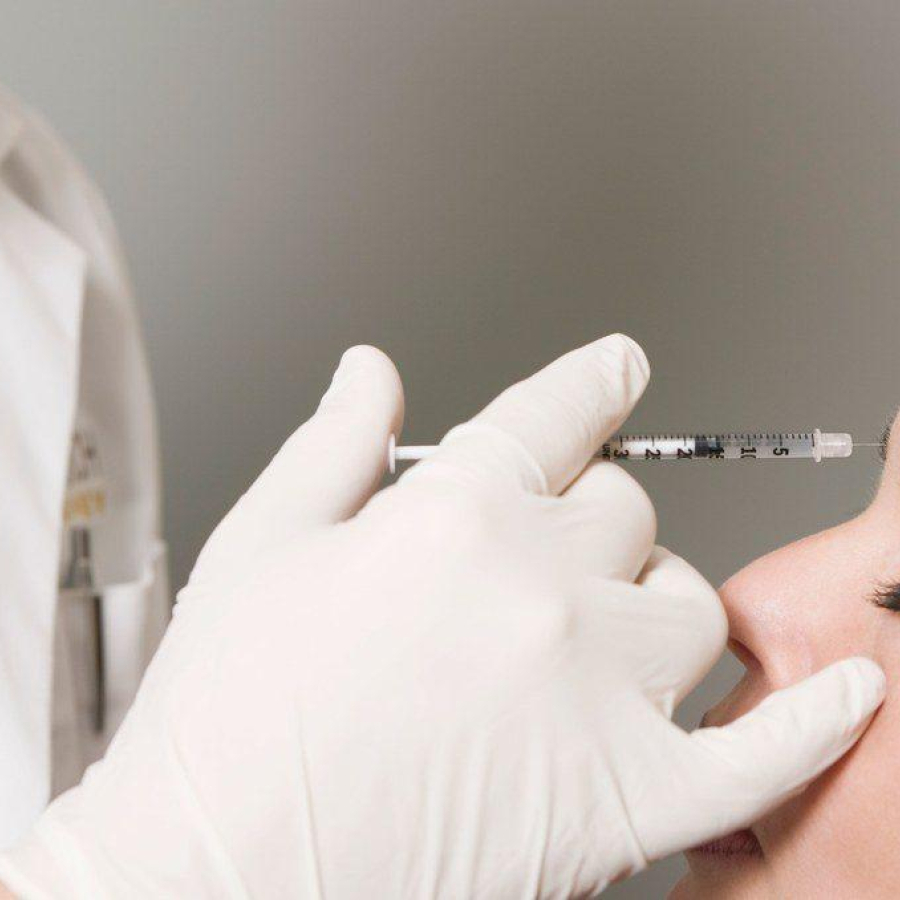
Legal
Second California Law That Affects MSOs Passes
California has now passed two laws that will have an effect on how investors, health care entities and management services ...

Show your committment to patient safety, legal compliance and community over competition.
AmSpa members receive preferred pricing on all AmSpa live and virtual trainings.
Get the latest news and information about safe, legal practice in medical aesthetics directly in your inbox.
Get access to med spa laws, in-person and online training and more!
Posted By Madilyn Moeller, Monday, October 17, 2022

By Patrick O’Brien, JD, Legal Coordinator, American Med Spa Association (AmSpa)
Recently, the Alabama Board of Medical Examiners investigated a number of IV bars, finding numerous violations and unlicensed practice of medicine. As a result of these non-compliant businesses, the board issued a declaratory statement that spells out the requirements for IV therapy practice. Before we get into the details of the statement, it is important to realize that while this is about Alabama, the concepts and rules apply to IV practices in most other states as well.

Through the investigation, the board found that patients coming into an IV therapy business are often treated without the involvement of a physician. It noted that many businesses were associated with physicians who implements standing orders and assists in acquiring the medications and IV supplies. Frequently, a registered nurse (RN) was the only health care licensee on site. The board notes that because intravenous medications are being used to treat a human ailment or condition, they must be prescribed by someone licensed to diagnose. In Alabama, this is a physician, physician assistant (PA), nurse practitioner (CRNP) or midwife (CNM). Before treatment, one of these professionals must evaluate and examine the patient, diagnose their condition, discuss or recommend a treatment, and prescribe the treatment. The above practitioners can then delegate starting the IV to another person with appropriate training.
The ruling notes that merely having a physician associated with the business does not make an IV bar compliant. Similarly, while standing orders have a place in medical treatments, they cannot be employed to cover the entire treatment process. Particularly with IVs, the specific mixture is often compounded for the patient’s needs. The pharmacy law in Alabama, as in other states, closely regulates who can compound medications and drugs and provides an exception for practitioners to compound for their own patients. The ruling, however, notes that some IV businesses are exploiting this exception and only using the practitioner’s credentials to obtain the medication materials but then are possessing, compounding and administering the medications in violation of the Pharmacy Practice Act.

The ruling goes on to address ownership and control concerns. Many states limit who may own a medical practice to only licensed professionals. Alabama is more flexible in this, allowing a wider range of ownership, provided the practitioners may independently exercise their medical judgment without any non-professional control being exerted over them. The ruling says that where the licensed physician or other practitioner isn’t actively involved in the operation of the IV business, as covered above, the unlicensed practice of medicine may be occurring by the employees and owners of the IV business.
The Alabama report is available here if you would like to read the specific language. The biggest takeaways with this are that state medical boards do investigate medical practices and are aware of newer developments such as IV therapy businesses and medical spas. Not every state board has been active with investigations in the past, but that isn’t an indication that they won’t be in the future, nor is anything stopping them from taking inspiration from Alabama’s investigation and looking into IV businesses in their state. IV businesses have compliance needs just like medical spas do. AmSpa Members have access to their state legal summary, which provides useful information on medical practice in their state.

AmSpa Members receive a complimentary 20-minute introductory compliance assessment with a ByrdAdatto attorney. Click here to learn how to join AmSpa today!
Related Tags
Medical spa news, blogs and updates sent directly to your inbox.

Legal
California has now passed two laws that will have an effect on how investors, health care entities and management services ...

Legal
A newly passed law in California will prohibit certain contractual provisions between medical and dental practices and private equity groups ...

Legal
By Patrick O'Brien, General Counsel, American Med Spa Association (AmSpa)The September bulletin from the Texas Medical Board (TMB) helps to ...

Legal
By Patrick O’Brien, General Counsel, American Med Spa AssociationOn September 23, 2025, the Alabama Board of Medical Examiners (BME) issued ...